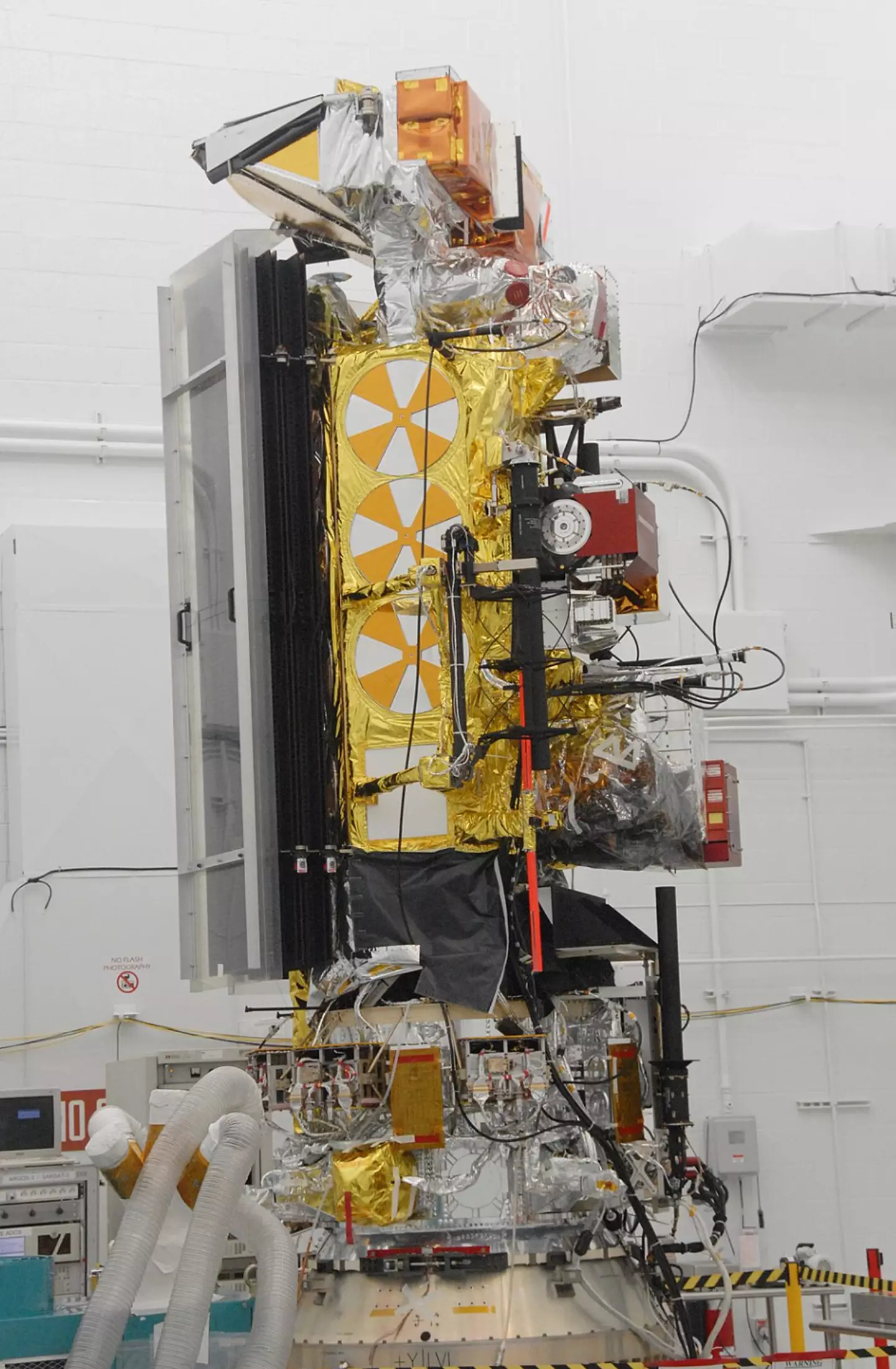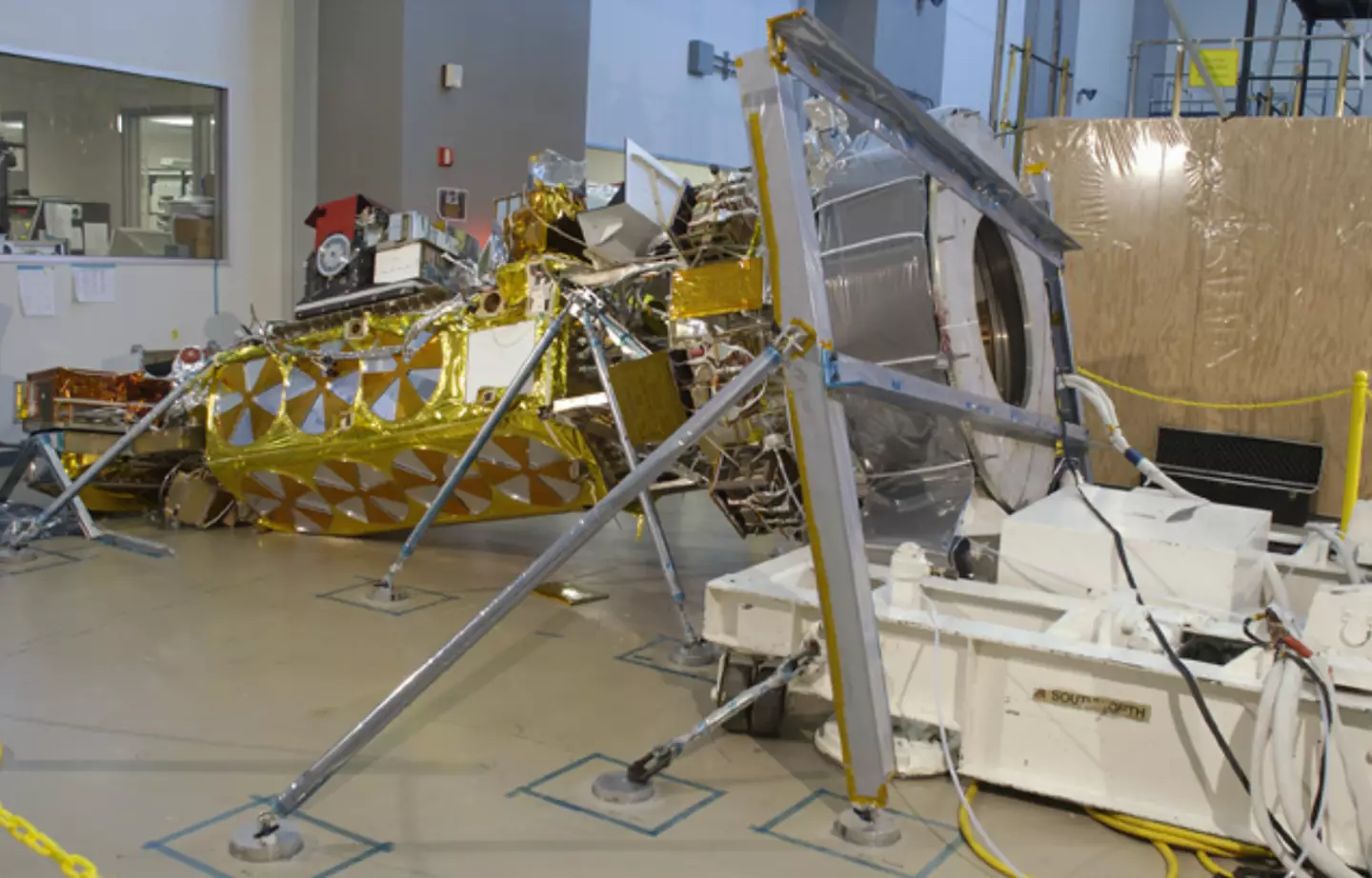A technician failed to fit 24 bolts and ended up costing his company and the Government so much money
We’ve all made a mistake or two at work, but when you’re in space, it can be a costly thing to do.
For instance, there was one time when NASA and the US National Oceanic and Atmospheric Administration (NOAA) hired someone and it ended in a full-on disaster.
In 2003, they hired Lockheed Martin to construct the NOAA N-Prime weather satellite, which cost $233 million, and was being constructed at Lockheed Martin’s California-based manufacturing facility,
However, the massive satellite tech fell off a cart while being moved. Oops.
At the time, the satellite was being moved from a vertical to horizontal position and accidentally fell a meter onto a concrete surface.
Thankfully, no one was injured, but the satellite was in ruins.
As it turned out, NOAA N-Prime (later known as NOAA-19) had suffered significant damage from the fall, which cost even more to fix.
Of course, it was all on the shoulders of Lockheed Martin, who actually had to forfeit any profits it had already earned or was going to earn in order to pay for the sizable bill, while the US Government paid the rest.
‘And I hope George W. Bush was sitting down when he received the news as they had to pay a staggering $135 million’, NASA spokesman Dave Steitz said at the time – as per Space.com.

The NOAA N-Prime was said to be worth over $230 million (NASA/Vandenberg AFB)
An investigation into the matter was carried out after the costly mistake, and revealed that it was a very minor thing that caused the catastrophic damage.
It was reported at the time that the physical damage caused was a result of the satellite missing just 24 bolts.
The bolts were needed to secure the spacecraft to a device called the Turn-Over Cart (TOC).
A report from NASA stated: “The bolts were removed from the TOC by another project while the cart was in a common staging area, an activity which was not communicated to the NOAA project team.”
Oops.
It was found that the mishap would have been averted had the bolts in question been fitted as needed.

15 percent of the satellite needed repairs afterwards (NASA report)
At least 15 percent of the satellite needed replacing afterwards, Steitz and Lockheed Martin Space Systems spokesman Buddy Nelson confirmed.
He said in a statement at the time: “Lockheed Martin has voluntarily contributed to the rebuild effort all profit previously earned and paid on the contract.
“The company will undertake the completion of the N-Prime satellite bus on a cost-only basis, forgoing all profits that otherwise might have accrued to Lockheed Martin for this spacecraft bus.”
The launch of the satellite was pushed back to December 2007, but it wasn’t launched until February 2009.